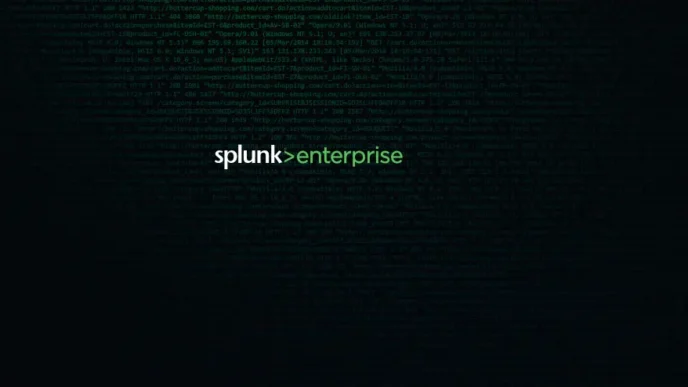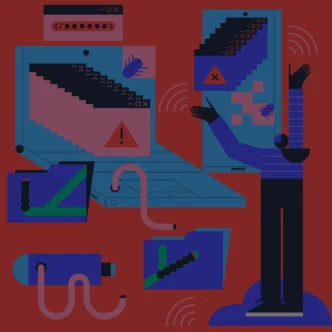As the volume and sophistication of cyber threats escalate, the role of the malware analyst has become indispensable to modern cybersecurity operations. Whether it’s ransomware, spyware, or zero-day exploits, understanding malicious software is key to incident response, threat intelligence, and digital forensics. With regulatory bodies demanding faster breach detection and mitigation, skilled malware analysts are in high demand across industries—from finance to government. This article provides a detailed roadmap for cybersecurity professionals aspiring to enter or advance in this niche yet essential domain.
What Does a Malware Analyst Do?
A malware analyst is responsible for identifying, dissecting, and understanding malicious software to mitigate threats and prevent future attacks. Their work involves both static and dynamic analysis of malware, reverse engineering, and collaboration with threat intelligence teams to uncover attacker tactics, techniques, and procedures (TTPs).
Key Responsibilities:
- Reverse engineering malware binaries to understand behavior and intent.
- Analyzing malware payloads using static (code-level) and dynamic (runtime) analysis techniques.
- Documenting technical findings and creating IOCs (Indicators of Compromise).
- Developing YARA or Snort signatures for malware detection.
- Collaborating with threat hunters and incident response teams.
- Automating malware sandboxing and analysis processes.
Education Requirements
While not all malware analyst roles require a formal degree, employers typically favor candidates with a strong foundation in computer science, cybersecurity, or related fields.
Common Degrees:
- B.S. in Computer Science
- B.S. in Cybersecurity
- B.S. in Information Security
- M.S. in Digital Forensics or Malware Analysis (preferred for advanced roles)
Key Certifications for Malware Analysts
| Certification Name | Issuer | Difficulty | Renewal |
|---|---|---|---|
| GIAC Reverse Engineering Malware (GREM) | SANS/GIAC | High | Every 4 years |
| Certified Malware Analyst (CMA) | Infosec Institute | Medium | Every 3 years |
| Certified Reverse Engineering Analyst (CREA) | Mile2 | Medium | Every 3 years |
| Offensive Security Exploitation Expert (OSEE) | Offensive Security | Very High | Every 4 years |
| CompTIA Security+ | CompTIA | Entry-Level | Every 3 years |
Core Skills for Malware Analysts
Technical Skills
- Proficiency in reverse engineering tools (IDA Pro, Ghidra, Radare2)
- Knowledge of assembly languages (x86/x64, ARM)
- Familiarity with malware sandboxing platforms (Cuckoo Sandbox, Any.Run)
- Experience with dynamic analysis tools (Procmon, Wireshark, OllyDbg)
- Strong understanding of Windows and Linux internals
Legal & Regulatory Knowledge
- Understanding of digital evidence handling and chain of custody
- Awareness of data privacy laws (GDPR, CCPA)
- Familiarity with compliance frameworks (NIST, ISO 27001)
Interpersonal Skills
- Clear technical communication for reports and presentations
- Collaboration with security teams and law enforcement
- Ability to work under pressure during live incidents
Career Progression Path
| Level | Title | Description |
|---|---|---|
| Entry-Level | Junior Malware Analyst | Performs basic analysis under supervision |
| Mid-Level | Malware Analyst / Reverse Engineer | Handles full malware lifecycle investigations |
| Senior-Level | Senior Malware Analyst | Leads investigations, mentors team, creates detection tools |
| Lead/Manager | Threat Research Lead | Manages malware analysis teams and strategic operations |
| Executive | Director of Threat Intelligence / CISO | Oversees threat intelligence at org or enterprise level |
Industries and Employers Hiring Malware Analysts
Typical Industries:
- Financial services
- Defense and aerospace
- Healthcare
- Energy and critical infrastructure
- Cybersecurity vendors (EDR/XDR platforms)
Common Employers:
- Government agencies (NSA, GCHQ, CERT)
- Managed Security Service Providers (MSSPs)
- Tech companies (Microsoft, Google, Amazon)
- Security research labs
- Multinational corporations with in-house SOCs
How to Get Started as a Malware Analyst
- Gain foundational knowledge in programming (C/C++, Python) and computer architecture.
- Study operating systems internals and malware types.
- Practice on safe malware samples via sandboxes like REMnux or FLARE VM.
- Earn an entry-level certification (e.g., Security+ or CREA).
- Contribute to malware analysis forums and open-source communities (e.g., VirusTotal Intelligence, MalwareBazaar).
- Apply for internships or junior SOC roles to build real-world experience.
- Continue building expertise through advanced certifications and reverse engineering challenges (e.g., CTFs).
Common Professional Challenges
- Staying current with evolving malware obfuscation techniques
- Dealing with limited access to real-world malware samples
- Balancing incident response pressure with thorough analysis
- Navigating legal and ethical issues in sample acquisition
- Managing burnout due to high-intensity investigations
Global Salary Comparison (Annual Averages in Local Currency)
| Country | Entry-Level | Mid-Level | Senior-Level |
|---|---|---|---|
| USA | $70,000 | $105,000 | $145,000 |
| UK | £40,000 | £60,000 | £85,000 |
| Switzerland | CHF 80,000 | CHF 115,000 | CHF 145,000 |
| France | €38,000 | €55,000 | €75,000 |
| Australia | A$75,000 | A$105,000 | A$135,000 |
Job Market Demand and Hiring Trends
According to data from CyberSeek and LinkedIn Talent Insights (2024):
- Malware analysis roles have grown 22% YoY globally, with the highest demand in the US, UK, and India.
- Government and defense sectors are the top employers, followed closely by financial services.
- Analysts with reverse engineering and C/C++ skills are particularly sought after.
- The demand is outpacing supply, making it a high-opportunity career track.
Conclusion
The malware analyst plays a mission-critical role in protecting organizations from evolving cyber threats. As attacks grow in scale and sophistication, the need for professionals who can dissect and understand malware has never been greater. For those with a passion for problem-solving, low-level systems, and cybersecurity, this role offers both technical depth and long-term career growth. By combining formal education, hands-on practice, and continuous learning, aspiring analysts can secure their place in one of the most impactful areas of modern cybersecurity.














